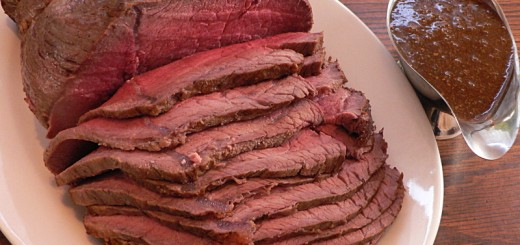Reflections After the Siyum

So much of my time in the last few days had been spent in praise of the intellectual, that I was not fully prepared for the effect that the Siyum HaShas had on my heart, instead.
Here in Los Angeles, the Siyum was sandwiched in between two local cultural mileposts: the Oscars, and the running of the Marathon. Loosely, they share much in common. They celebrate achievement, albeit of very different goals. They bring accolades from an adoring public, whether to entertainment icons, or to ordinary folk who have the gumption to work hard at a plan, and see it through to completion.
Both provided, lehavdil, a convenient subliminal context with which to lure the press to cover LA�s commemoration of the completion of the eleventh cycle of Daf Yomi. (For readers outside the Orthodox community, Daf Yomi refers to a program of study of one folio page of the Talmud a day, leading to its completion every seven and a half years. Communities around the world marked the end of a cycle on March 1st.)
The World�s Longest Marathon, we called it. Indeed it is. We got most mileage, though, by contrasting the trophy at the finish line: seven years of mastering difficult material, of sharpening mind and wit, of spending quality time with G-d�s own wisdom.
Largely, a head trip. Learning Torah, of course, is much more than that, but try to explain those other dimensions to the Los Angeles Times!
Shuttling between my seat and helping the Times reporter with her story, a succession of images started tugging at my heart, not my head. I literally jumped out of my seat when I caught the brief feed from Yeshiva Chachmei Lublin, the pride of Rav Meir Shapiro, whose genius invented the Daf Yomi program. For decades, the Polish Communists had used this grand and proud edifice as a medical school. After having been locked out of her home for so long, the Lubliner Rov�s Torah had returned to her rightful home!
Then the few seconds here and there of Jews gathered in Moscow to celebrate the Daf. Moscow! I remembered my own furtive attempts at giving shiur to refuseniks in the late �80�s. The Torah that Lenin and Stalin and the yevsektsia had come so close to snuffing out had resurfaced again, outlasting her tormenters, and could be shared with Jews around the world.
And then the stories, one chilling episode after another. Stories of tenacity and triumph. Rabbi Frand�s tale of Eichman�s executioner, finally going public with his story, but speaking on camera from within his kollel, so that the German people �might know why we prevailed.� Rav Mattisyahu Solomon�s evocation of the 16 year old boy who had mastered 200 blatt of Gemara by heart, taught to him by his father, huddled in a concentration camp.
A succession of lachrymose moments turned, for me, into an evening of supernal beauty through a person who was not there, and not usually identified with the Orthodox community.
In 1913, the young Franz Rosenzweig, product of a cultured and educated Jewish family, decided that he would convert to Lutheranism, as so many other young Jewish intellectuals did. The date at the baptismal font had already been set, under the supervision of a pastor who himself was a convert from Judaism. Rosenzweig, barred from his family�s synagogue, spent Yom Kippur in a small shtibel in Berlin. Something he saw transformed him, and he became one of Europe�s key Jewish intellectual figures, gradually picking up more and more traditional observance as he grew older.
I have found no record, no claim of what happened inside that shtibel. I did hear one version from Rav Nachman Bulman, zt�l, many years ago. He claimed that Rosenzweig saw a group of Jews, praying fervently with taleisim draped over their heads. The undulating figures buoyed those prayer shawls so that they resembled the waves of the ocean. In it, Rosenzweig instantly saw layer upon layer of continuity. He saw Jews united with each other, bonded together by their common faith. He saw several generations of people who knew no discontinuity in their purpose and goals. He saw an ocean that was always changing, yet always the same; he saw timelessness and eternity. He saw a wave propagate itself effortlessly from the past into the distant future.
I don�t know whether Franz Rosenzweig ever attended a Daf Yomi siyum. He added much to mine. His Yom Kippur took some moving but disjointed moments, and impressed upon them a theme that made sense of them all. As I wade again into the Yam HaTalmud in the new cycle of the Daf, I ride high on a crest of the timelessness and continuity of Hashem�s People.



Recent Comments